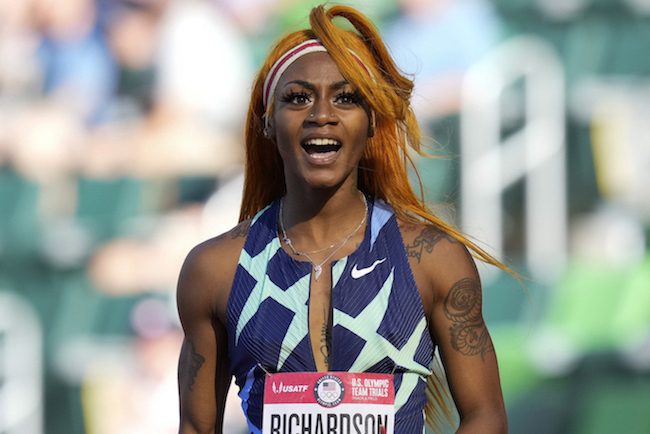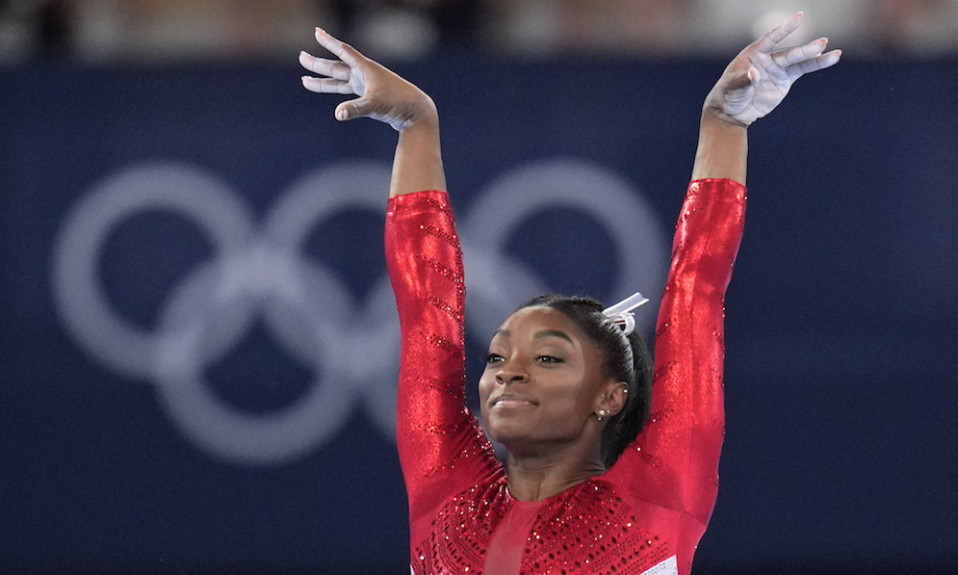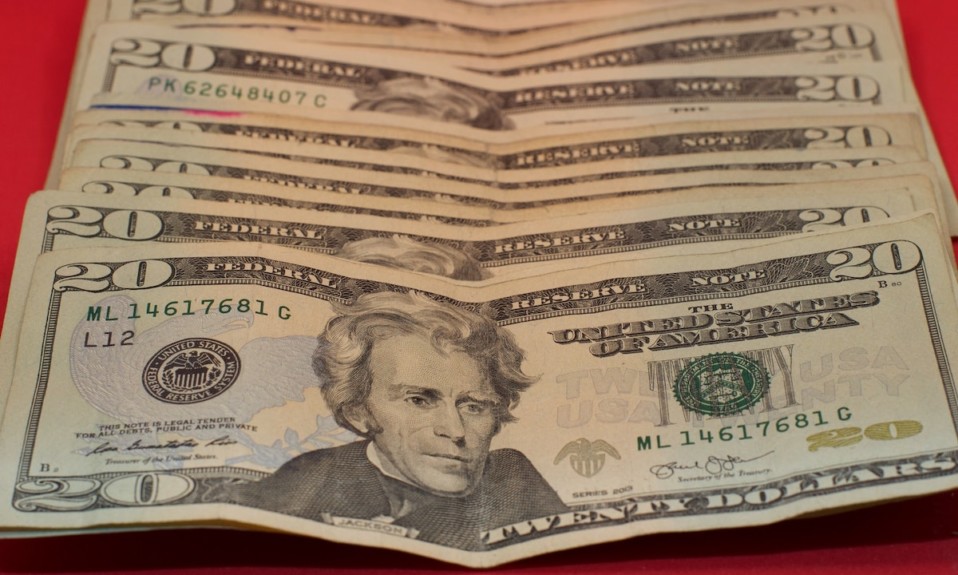The U.S. sprinter was banned from the Tokyo Olympics for marijuana use, but now the World Anti-Doping Agency is re-examining that policy. Huh?
By Jason Langendorf
When sprinter Sha’Carri Richardson was kept out of the Tokyo Olympic Games this summer after testing positive for cannabis at the U.S. Olympic trials in June, the news was met with a predictable panoply of opinions about substances in sports, and marijuana in general.
In a somewhat ironic twist, it was the World Anti-Doping Agency (WADA) that cooled the hot takes and brought a modicum of reason back to the discussion: On Tuesday, WADA announced that it would reevaluate the status of cannabis on its prohibited-substances list.
The Sha’Carri Richardson affair is a case study in changing attitudes toward marijuana and the selective designations of performance-enhancers in sports.”
The irony, of course, is that the United States Anti-Doping Agency (USADA)—the organization that popped Richardson—takes its cues from WADA. So if WADA believed in the moment that the Richardson ruling was unfair, why didn’t the world organization work with USADA to clear a path for Richardson to run in Tokyo (which seemed to be on the table at one point during the controversy)? More puzzlingly, why will cannabis remain on the banned list in 2022, with WADA declaring that it won’t begin a review of the drug’s classification until next year?
The Sha’Carri Richardson Episode in the Big Picture
The Sha’Carri Richardson affair is a case study in changing attitudes toward marijuana and the selective designations of performance-enhancers in sports:
Rules are rules, some said, and Richardson broke them. She is ultimately responsible for what goes into her body, and if running in Tokyo was important enough to her, she should have stayed away from a substance banned by the USADA and WADA, whose protocols are followed by the U.S. Olympic Committee and the Games. Tough luck.
Here was a beyond-qualified Black woman unabashedly mingling style with speed on the track, and so of course, some said, it would be Richardson who would be punished by USADA for a prohibited substance classification that has become increasingly antiquated and unfair in the eyes of the public.”
Layered over the discussion was the subject of race and gender, with Richardson—the flamboyant, fire-maned American sprinter—receiving as much attention for her appearance and swagger as for her speed and competitive drive. Here was a beyond-qualified Black woman unabashedly mingling style with speed on the track, and so of course, some said, it would be Richardson who would be punished by USADA for a prohibited substance classification that has become increasingly antiquated and unfair in the eyes of the public. “Let her run” was the refrain heard from Richardson’s defenders.
But while the overall track record for the International Olympic Committee (IOC) should be considered spotty at best, the organization has been fairly consistent—if not consistently fair—in enforcing its rules around marijuana. In 2006, U.S. sprinter John Capel received a two-year ban for a second positive test. In 2009, American swimmer Michael Phelps—a white man and perhaps the most celebrated Olympian in history—was held out for three months when pictures of him smoking marijuana were leaked. Richardson’s ban: one month, the minimum allowed by the rules. That there was any discussion at all about finding a way to squeak her into competition in Tokyo should put to rest notions that the IOC was attempting to make an example of her.
Weed as a Performance Enhancer?
Still, does anyone really believe pot is a performance enhancer? Existing evidence strongly indicates that it is not—at least no more so than, say, ibuprofen or caffeine enhance athletic performance.

WADA states that an item must meet two of three criteria to land on its prohibited substances list:
- Harm the health of the athlete
- Be performance-enhancing
- Run counter to the spirit of sport
No. 2, as we indicated, does not apply to cannabis. And No. 1 is flimsy—who can say with a straight face that marijuana is more “harmful” to an athlete’s health than opioid painkillers, which, like weed, are only banned during competition? Pot’s inclusion on WADA’s no-fly list, then, seems to be based on the “spirit of the sport” argument. Damned if that doesn’t sound like stigma.
If WADA and the IOC were serious in their intentions, they would immediately assemble a panel of toxicology, behavioral science and substance use experts to evaluate the potential benefits, as well as harm, that marijuana poses for athletes. Cannabis, when used responsibly, has been proven to possess far-reaching potential in treating pain, anxiety, depression and other conditions. Upholding its prohibited status or kicking the can down the road is somewhere on the spectrum between disingenuous and cowardly.
And if the idea is to stand on ceremony? Well, the “Olympic spirit” we hear so much about is embodied in the sentiments of IOC founder Pierre de Coubertin: “The important thing is not to win, but to take part.”
Let Sha’Carri Richardson run, indeed.
Jason Langendorf is a reporter for TreatmentMagazine.com.
Top photo: AP Images; bottom photo Ahmed Zayan














